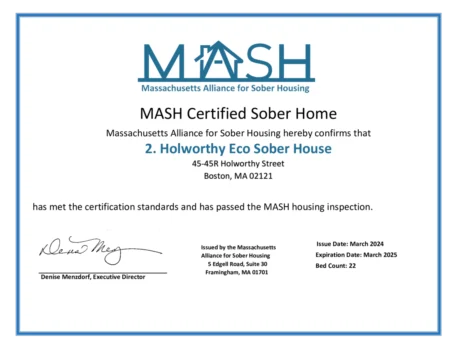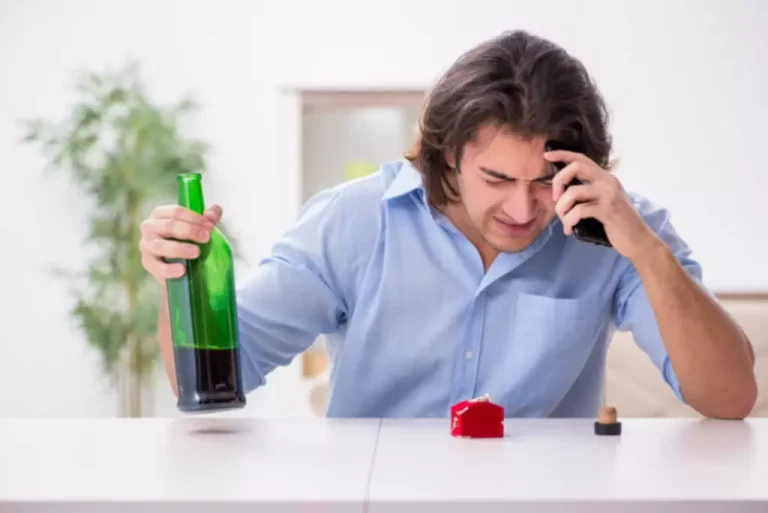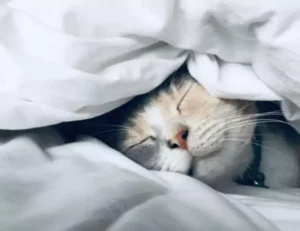
This means the excitatory nerve cells in your brain are suppressed, so you fall asleep. As your body metabolizes the alcohol, the excitatory nerves rebound. This process can cause you to wake up and experience trouble getting back to sleep. Its relaxing properties make alcohol seem like a surefire way to sleep at night.
What is rhinophyma?

If you’re making an effort to pay attention to how it affects you, you can set limitations for your body and needs. Use these tips to make sure your favorite cocktail never keeps you up at night. Our bodies produce melatonin to help control our sleep-wake cycle, which happens to coincide with sunlight. Our pineal gland releases melatonin as the sun goes down, and we start feeling tired. When you drink, you’re essentially throwing your sleep-wake cycle off.
Alcoholic Nose: Can Alcohol Affect the Appearance of the Nose?
In addition, we offer detox services as part of our addiction recovery program. This is a great tool for those looking to stop drinking because of alcoholic nose. A medically supervised detox allows them to fully quit drinking in a safe, encouraging environment. We specialize in dual diagnosis treatment, meaning we are the best equipped to help individuals who have both substance use disorder and another mental illness. As mentioned previously, the best way to prevent rosacea flare-ups caused by alcohol consumption is to stop drinking alcohol.

How Is Rhinophyma Diagnosed?

You already have an allergic reaction to the peanuts, but by adding more peanuts, you are adding a bigger reaction and agitating the reaction more, making it worse. There are four subsets of rosacea, and rhinophyma is thought to be the most severe of them all. It’s a progressive condition that forms gradually over years and is thought to be the result of an untreated, less severe form of rosacea.
- While several of these terms are related to drinking alcohol, the reality is that alcohol abuse is not considered a cause of rhinophyma.
- Springbrook Mental Hospital is a 66 bed inpatient mental health facility located in Hernando County.
- “When the patient notices an abnormal redness or an increase in the size of the nose then the patient is recommended to seek immediate help.
- Rosacea is a chronic skin condition that affects the blood vessels in the face, leading to a flushed appearance of the facial skin.
The Link Between Alcohol and Rosacea
- As a central nervous system (CNS) depressant, alcohol has a sedative effect that may cause you to fall asleep more quickly than usual.
- This article discusses the science behind why alcohol makes you sleepy, how to minimize drowsiness while drinking, and the broader effects alcohol has on your sleep and overall health.
- A flare-up of rosacea symptoms can be triggered by the consumption of many different foods and drinks, including alcohol.
- More severe cases should be referred to a specialist, who may consider using topical ivermectin and brimonidine, or oral isotretinoin.
Take our short alcohol quiz to learn where you fall on the drinking spectrum and if you might benefit from quitting or cutting back on alcohol. If caught in the early stages, however, symptoms can often be managed with medication and lifestyle changes. There is no cure for rhinophyma, and it typically does not go away without surgery. At Georgetown why do alcoholics have weird noses Behavioral Hospital, you can take your addiction recovery journey one step at a time. During your time in our inpatient rehab setting, you will learn effective coping strategies to handle life’s daily stressors without using substances. While there is no cure for rosacea, treatments are available to keep the symptoms under control.
- It starts as an accentuation of the normal tissue over the nose in adolescence and young adulthood.
- After treatment, we will work with you to ensure a smooth transition to less intensive, supplementary levels of care.
- W.C. Fields was a popular U.S. comedian who appeared on stage and in several movies in the first half of the twentieth century.
In many cases, “alcoholic nose” is used to describe the most severe, end-stage form of rosacea, known as rhinophyma. Rhinophyma causes the nose to become even more disfigured due to the progressive dilation of the nasal vessels as well as the involvement of cysts and pustules. While rhinophyma is often dubbed “alcoholic nose,” the reality is that it’s a type of rosacea — meaning that heavy drinking isn’t actually linked to it. For those suffering from this skin condition, it was found that red wine is most likely to trigger these flare-ups or cause worse rosacea than other alcoholic beverages.
Few long-term studies have explored how often rhinophyma recurs after surgery, though limited research suggests that this is possible. Another option is isotretinoin, https://ecosoberhouse.com/ a drug that shrinks the sebaceous glands, limiting how much oil they make. However, if a person wishes to have surgery, they must stop taking this medication.
Also referred to as “drinker’s nose,” this condition may be the result of rosacea as well as alcohol abuse. Of course, avoiding alcohol isn’t always easy—especially for long-term drinkers. Ria Health offers a proven at-home treatment to help you limit or stop your consumption of alcohol.
- Excessive alcohol consumption can lead to many other health problems, both short and long-term.
- The skin can become inflamed and turn purple or red depending on the amount of blood in that body area.
- Out of these options, carbon dioxide laser surgery is considered the preferred option because it allows for the most precise removal of excess tissue.
They can help you understand the risks and recommend substance abuse treatment. Alcohol can trigger parasomnias, involuntary sleep behaviors that contribute to poor sleep quality, such as sleep talking and sleepwalking. By interfering with your body’s normal circadian rhythm and sleep cycles, alcohol increases the likelihood of disruptive sleep behaviors that pose a safety risk. Alcohol disrupts the natural cycle of sleep stages, which typically alternates between non-REM and REM sleep every 80 to 100 minutes, between four and six times a night. After a night of drinking, you may enter a deeper sleep than usual as soon as you fall asleep and spend less time in REM sleep. As the night wears on, you experience less deep sleep and more light sleep, leading to sleep disturbances and poor-quality sleep.

Recent Comments